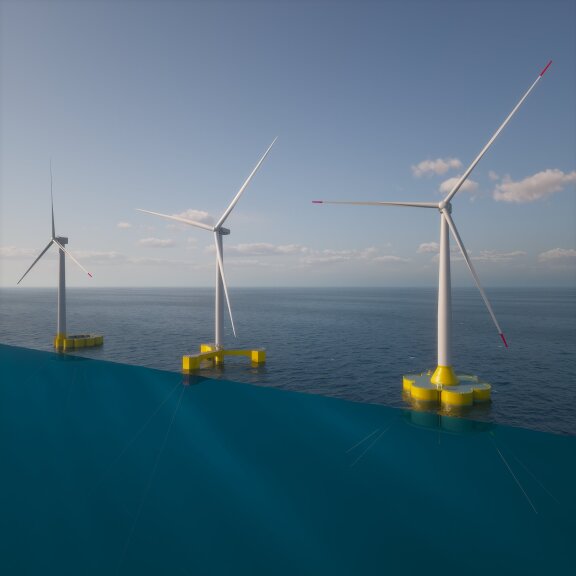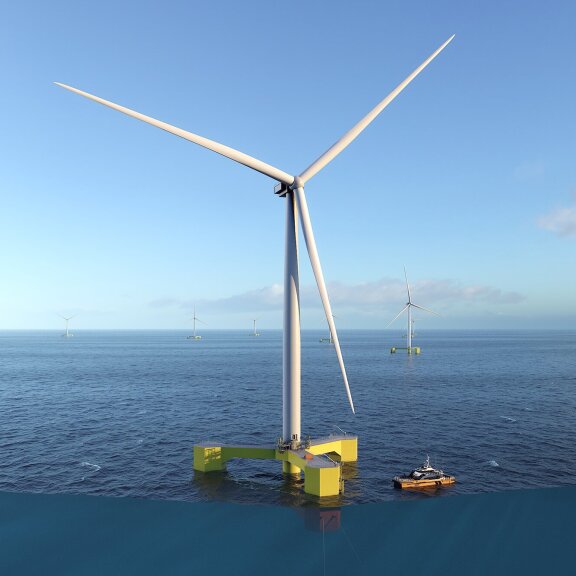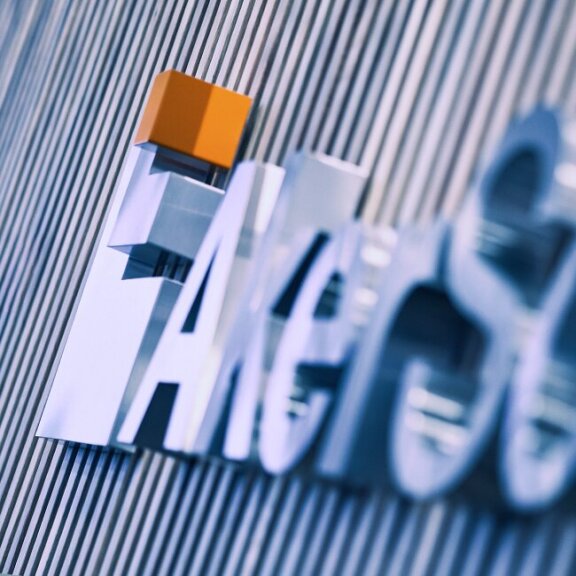Floating wind foundations
Discover our steel and concrete concepts: YFloat™ and CONFloat™ and choose the foundation that best fits your project requirements. Aker Solutions is driving the transition to a sustainable energy future with innovative new floating solutions, based on cutting-edge technology, empowered by digitalisation, and anchored in 50 years of hands-on experience.

Why Aker Solutions?
- Decades of successful offshore projects: jackets, gravity-based structures, mooring solutions, topsides and floating substructures in steel and concrete.
- Solutions optimized for operations, fabrication and installation.
- Data-driven approach to projects that ensures we deliver on cost, quality and schedule from engineering to installation.
- Combined life-cycle experience, competency and software technology that permits us to partner with customers in project execution and operation of wind systems.


Steel or concrete substructure?
When selecting the foundation material for an offshore wind project, it is essential to consider geography, supply chain constraints, and company preferences. Concrete foundations, constructed from locally sourced materials such as cement, sand, and gravel, support local economies and reduce transportation needs.
The fabrication of concrete foundations requires a large, non-technical workforce that can be trained on-site, which is particularly beneficial in regions with abundant unskilled labor, fostering employment opportunities and generating positive ripple effects within local communities. As concrete foundations necessitate simpler facilities, they are adaptable to various locations and a viable alternative for securing supply chain capacity. This adaptability can be especially advantageous in areas where steel fabrication or transport are constrained.
However, concrete production may not be readily available, and poses challenges in certain regions. In contrast, global capacity for steel foundation fabrication already exists, offering a more straightforward route to project execution. Steel foundations are lighter than concrete, facilitating easier and more cost-effective transportation, which can significantly streamline the project timeline and logistics, reducing overall costs and complexity. Moreover, steel foundations generally have lower drafts than concrete, providing greater flexibility in selecting ports for integration with wind turbine generators (WTG). This flexibility can be a critical factor in optimizing the logistics and operational efficiency of the project.
Ultimately, the choice between steel and concrete foundations should be guided by a thorough assessment of each wind farm's needs and project preferences, enabling developers to make informed decisions that align with their goals and ensure the successful execution of offshore wind projects.
Floating wind foundations from Aker Solutions
Does your turbine need to float? Experts from across Aker Solutions have drawn on our fifty years of offshore construction experience to create three floating wind foundations that maximize uptime and minimize maintenance. They are designed for production, and ready for projects!
Want to know more?
Let’s connect. One of our product experts will get back to you as soon as possible, normally within 24 hours.

Offshore Wind
Business DevelopmentNorway Local time: 02:05 CET